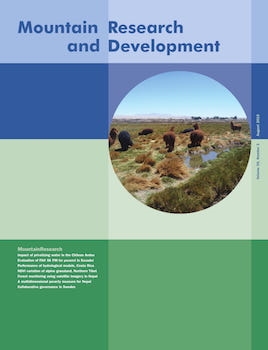Articles (1)
Editorial (1)
MountainResearch (7)
MountainPlatform (1)
MountainMedia (7)

No abstract available
No abstract available
No abstract available
No abstract available
No abstract available
No abstract available
No abstract available
No abstract available
No abstract available
